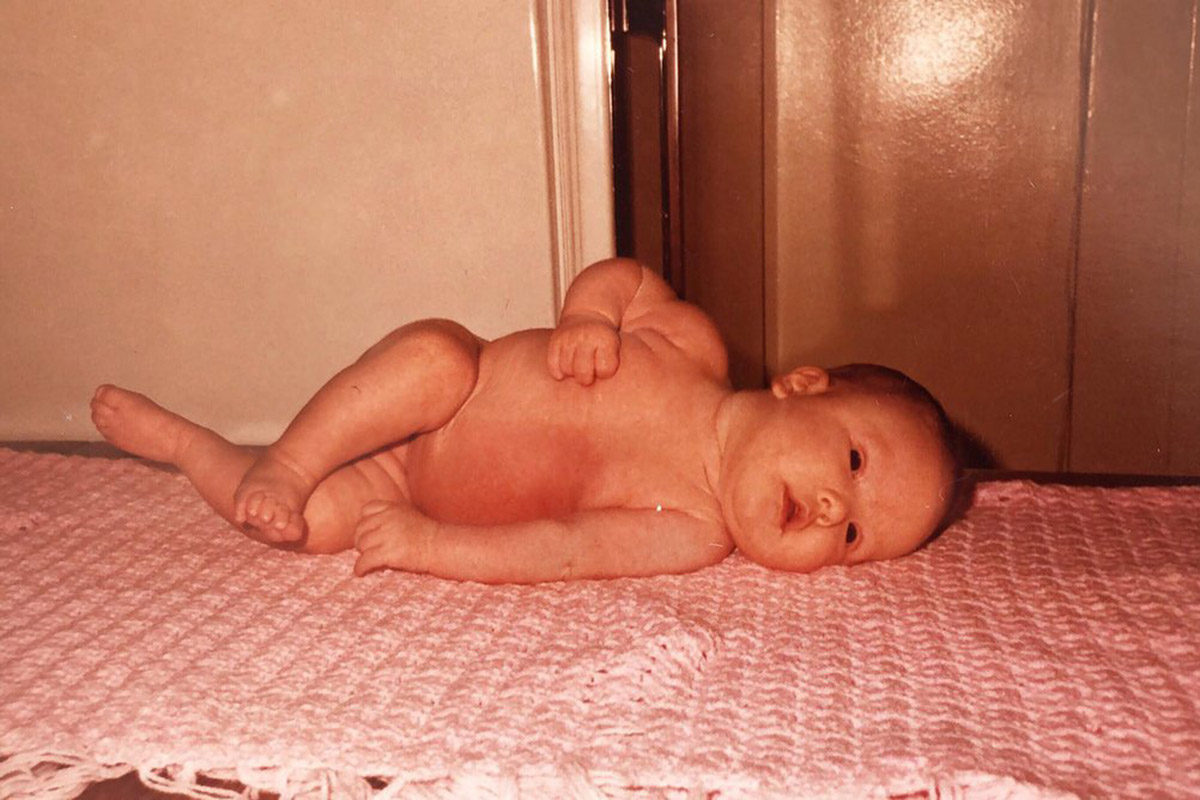This Woman Is Her Own Twin: What Is Chimerism?

Twins often feel like they have a special connection, but for one California woman, the connection is particularly visceral — she is her own twin.
The woman, singer Taylor Muhl, has a condition called chimerism, meaning she has two sets of DNA, each with the genetic code to make a separate person. The rare condition can happen during fetal development; in Muhl's case, she had a fraternal twin that she absorbed in the womb, she told People magazine.
The condition explains why Muhl has what appears to be a large birthmark on her torso. One side has a different skin pigmentation color than the other side — the result of her twin's DNA.
"I felt freedom [after the diagnosis] because for the first time in my life I knew why my stomach looks the way it does," Muhl told People. "Prior to that, every doctor said my stomach must have just been a birthmark … Finally, this is making some sense." [Seeing Double: 8 Fascinating Facts About Twins]
Muhl has a type of chimerism called tetragametic chimerism. This can happen in cases of fraternal twins, where there are two separate eggs fertilized by two separate sperm, and the two zygotes "merge and form one human being with two different cell lines," said Dr. Brocha Tarshish, a clinical geneticist at Nicklaus Children's Hospital, in Miami, who is not involved in Muhl's case. This happens very early in embryonic development, Tarshish said.
Most of the time, people with chimerism probably go undiagnosed, Tarshish said. Indeed, without specific biomedical tests (such as genetic testing), it's impossible for doctors to tell that a patient is a chimera, according to a 2009 paper about the condition. But there may be subtle clues to this condition: Some people with chimerism have "patchy" skin coloration (like Muhl does) or different-colored eyes, the paper said. In some cases, chimerism is diagnosed when a person is found to have two different blood types.
It's hard to predict how the condition will manifest or which tissues will be most affected, Tarshish said. But it's common for one cell line to outgrow the other, so people end up having the majority of their cells come from one set of DNA, rather than a 50-50 split between the cell lines, Tarshish said.
Get the world’s most fascinating discoveries delivered straight to your inbox.
In cases in which there are different sets of sex chromosomes (XX and XY), a person's internal and external genital can be affected. For example, this could result in ambiguous genitalia, Tarshish said. (It was reported previously that Muhl's fraternal twin was her "sister," meaning both sets of DNA contained female chromosomes.)
Doctors have told Muhl that she has "two immune systems and two bloodstreams," she wrote in a blog post published in March 2017, meaning cells in her immune system and her blood have two sets of DNA.
Her chimerism has also led to an autoimmune condition, because her body sees her twin's DNA as "foreign" and reacts to it, she wrote. She has a number of allergies to foods, medications, supplements, jewelry and insect bites, she added.
Muhl was diagnosed with chimerism in 2009, but she went public with her diagnosis last year. She is now focused on living a healthy, active lifestyle to cope with her health challenges, according to People.
Because chimerism is hard to diagnose, it's probably more common than we think, Tarshish said, although overall, it's still probably pretty rare.
Some cases of human chimerism have been reported before. For example, in 2002, a woman named Karen Keegan needed a kidney transplant, and doctors were puzzled when tests of possible family donors showed that she could not be the mother of two of her three sons, according to a report of the case. The mystery was solved when doctors discovered that Keegan was a chimera — the set of DNA in her blood cells was different from that in the other tissues in her body.
Original article on Live Science.

Rachael is a Live Science contributor, and was a former channel editor and senior writer for Live Science between 2010 and 2022. She has a master's degree in journalism from New York University's Science, Health and Environmental Reporting Program. She also holds a B.S. in molecular biology and an M.S. in biology from the University of California, San Diego. Her work has appeared in Scienceline, The Washington Post and Scientific American.
 Live Science Plus
Live Science Plus







